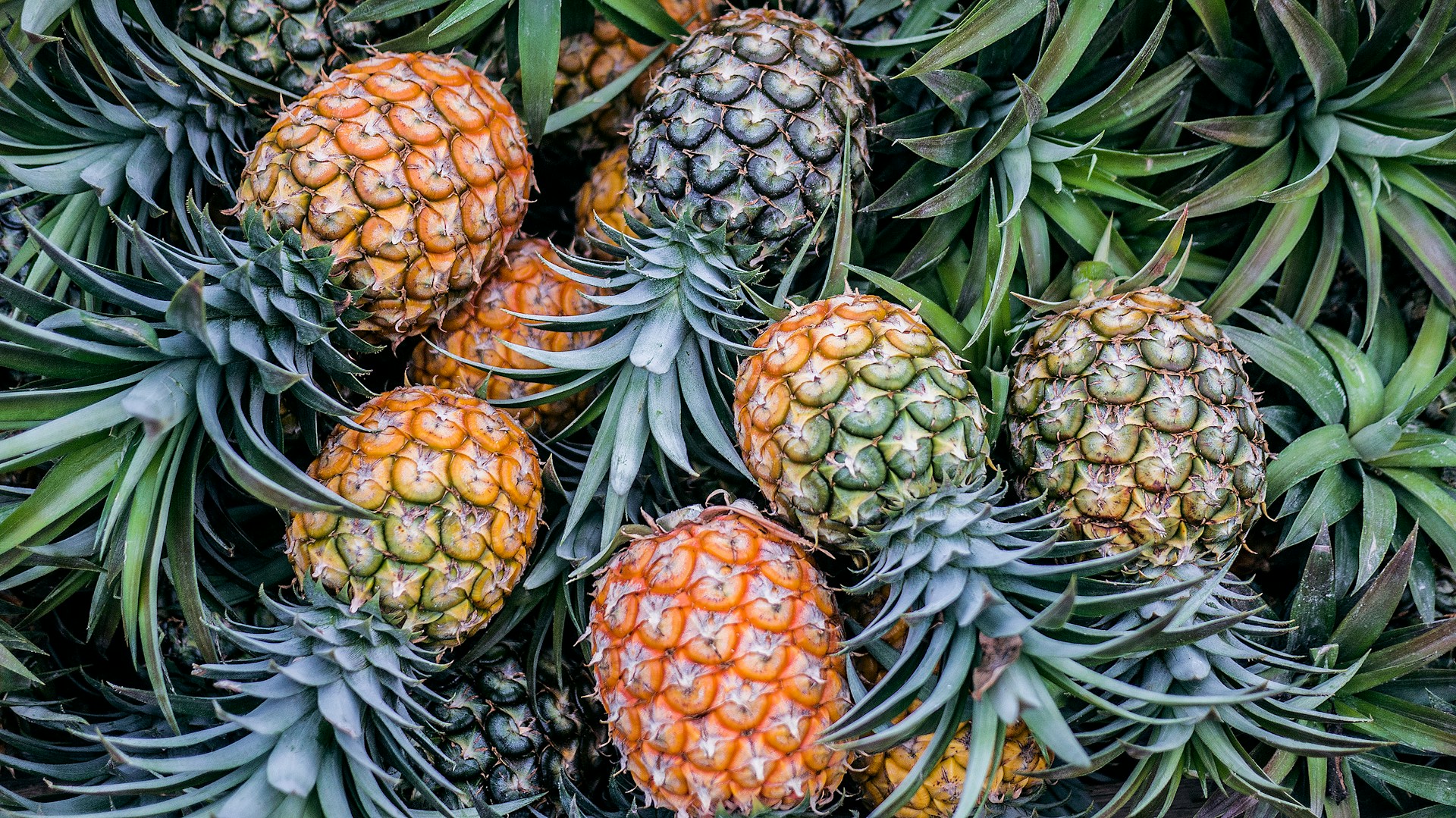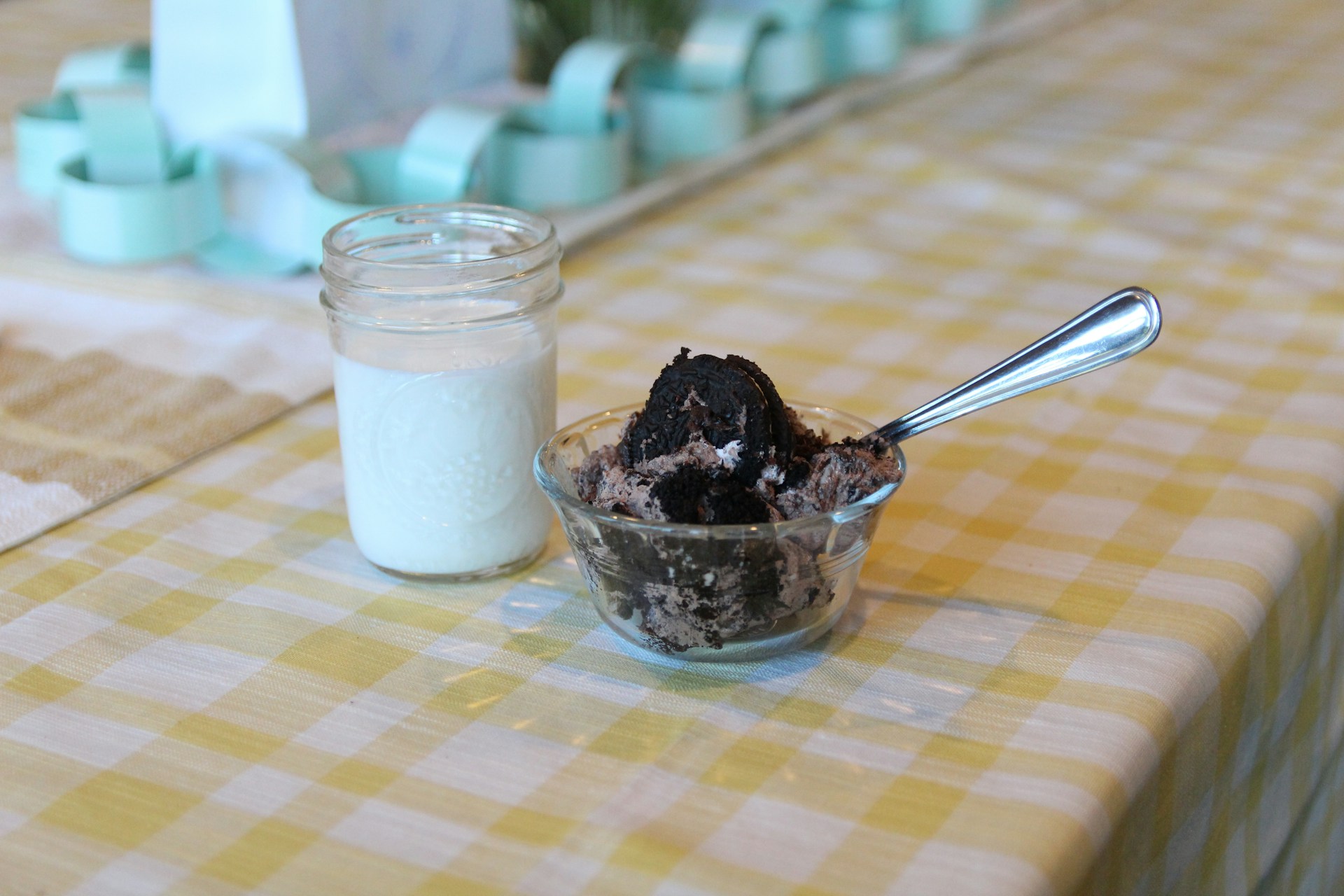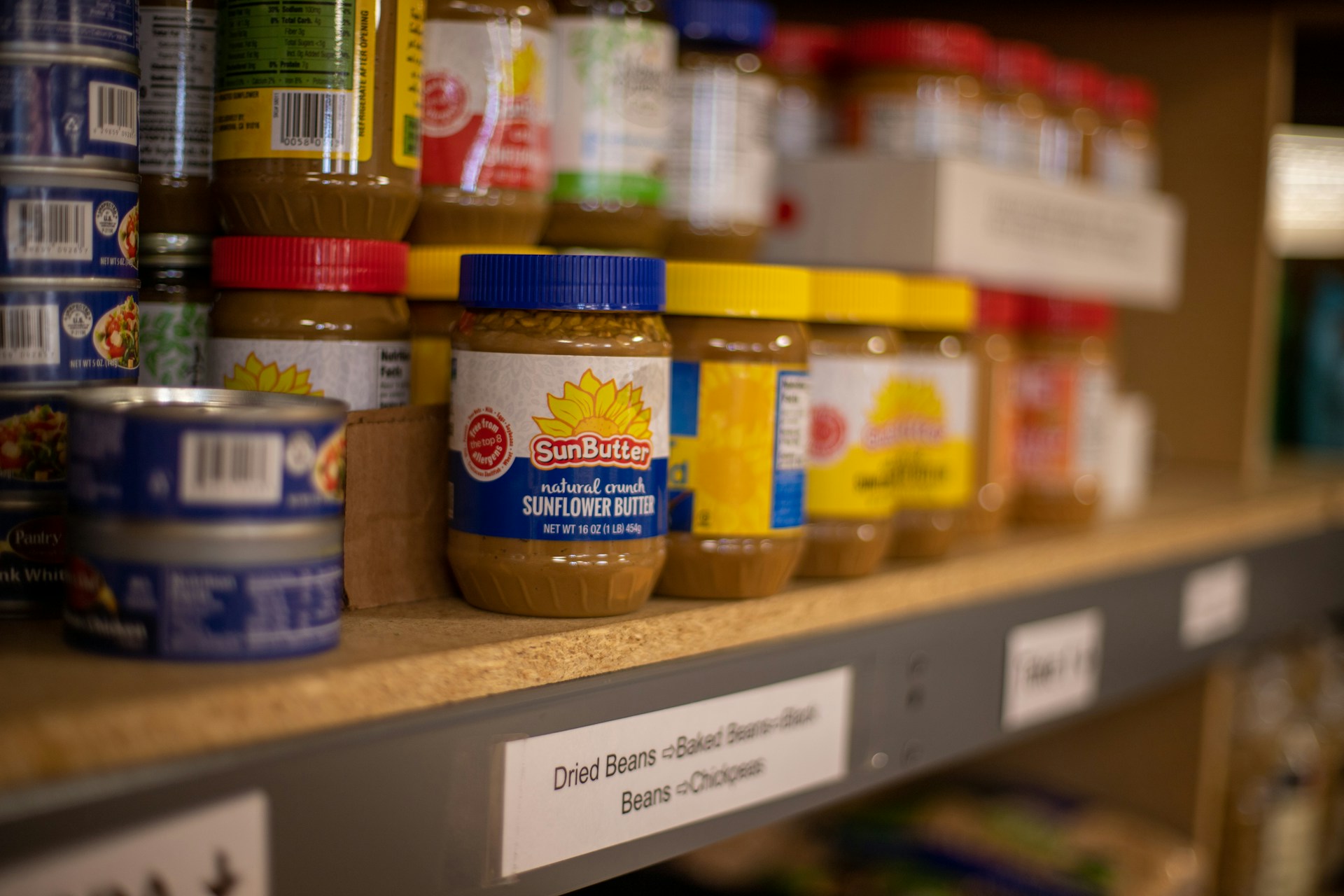Ideal Sensory Profile Identification of Fermented Drinks Based on Pineapple Peel (Ananas comosus L.)
Identifikasi Profil Sensori Ideal Minuman Fermentasi Kulit Buah Nanas (Ananas comosus L.)

Downloads
Background: The inedible parts of pineapple account for 40% of its weight, including the peel, which can be utilized through fermentation into a beverage known as tepache. This probiotic drink holds significant potential for industrial development in Indonesia. However, there is limited information regarding the sensory profiles and consumer preferences specific to the Indonesian market.
Objectives: This study aimed to analyze the ideal sensory profile of fermented beverages made from pineapple peel.
Methods: This experimental study consisted of three stages: product formulation, sensory evaluation using the ideal profile method, and sensory evaluation using Quantitative Descriptive Analysis (QDA). A completely randomized design (CRD) with a single-factor approach was used, involving three treatments: sample A (500 g pineapple peel and 500 g palm sugar), sample B (500 g pineapple peel and 600 g palm sugar), and sample C (500 g pineapple peel and 700 g palm sugar). Each treatment was replicated twice. Data on sensory profiles were processed using Microsoft Excel.
Results: The sensory profile of product code A most closely resembled the ideal profile, particularly with the peely attribute. The attributes requiring a decrease in intensity for product code A were rich, citric, bitter, astringent, and acidic. Conversely, the attributes needing an increase were light, sparkle, sweet, and fresh
Conclusions: Consumer perceptions indicate that the product with sensory characteristics closest to the ideal profile is product code A.
Sagita, C. Pembuatan minuman probiotik dari limbah kulit nanas (Tepache). Tarbiatuna: Journal of Islamic Education Studies 3, 205–210 (2023). https://doi.org/10.47467/tarbiatuna.v3i2.3017.
Liangkun, L. et al. Evaluation of antioxidant capacity and flavor profile change of pineapple peel vinegar during fermentation. in 3rd Int Conf on MSMEE 380–387 (2018).
Pinto, T., Vilela, A. & Cosme, F. Chemical and sensory characteristics of fruit juice and fruit fermented beverages and their consumer acceptance. Beverages 8, 33 (2022). https://doi.org/10.3390/beverages8020033.
Abdurrahman, F. H. R. & Suryani, T. Antioxidant activity and organoleptic quality of probiotic tepache of pineapple peel sugar variation and fermentation duration. in Proceeding of International Conference on Biology Education, Natural Science, and Technology vol. 1 502–508 (2023).
Sabino, L. L., de Oliveira Silva, M. F. & de Castilhos, M. B. M. Production of fermented beverage using pineapple residue as an alcoholic fermentation substrate: a physicochemical and sensory approach. European Food Research and Technology 249, 387–396 (2023). https://doi.org/10.1007/s00217-022-04124-6.
Yamahata, N., Toyotake, Y., Kunieda, S. & Wakayama, M. Application of multiple sensory evaluations to produce fermented beverages made from sole whey using Kluyveromyces marxianus. Int J Food Sci Technol 55, 1698–1704 (2020). https://doi.org/10.1111/ijfs.14440.
Hinojosa-Avila, C. R., García-Gamboa, R., Chedraui-Urrea, J. J. T. & García-Cayuela, T. Exploring the potential of probiotic-enriched beer: Microorganisms, fermentation strategies, sensory attributes, and health implications. Food Research International 175, 113717 (2024). https://doi.org/10.1016/j.foodres.2023.113717.
Pinto, T., Vilela, A. & Cosme, F. Chemical and Sensory Characteristics of Fruit Juice and Fruit Fermented Beverages and Their Consumer Acceptance. Beverages 8, 33 (2022). https://doi.org/10.3390/beverages8020033.
Hujjatusnaini, N. et al. Inovasi minuman tepache berbahan baku kulit nanas (Ananas comosus (L.) Merr.) tersuplementasi probiotik Lactobacillus casei. Jurnal Teknologi Pangan dan Gizi (Journal of Food Technology and Nutrition) 21, 47–54 (2022). DOI:10.33508/jtpg.v21i1.3568.
Najini, R. et al. Minuman Probiotik Tepache dari Fermentasi Kulit Buah Nanas (Ananas Comosus L.) Menggunakan Variasi Jenis dan Konsentrasi Gula. Journal Pharmacy of Tanjungpura 1,74-79 (2024).
Galler, M., Næs, T., L. Almli, V. & Varela, P. How children approach a CATA test influences the outcome. Insights on ticking styles from two case studies with 6–9-yearold children. Food Qual Prefer 86, 104009 (2020). DOI: 10.1016/j.foodqual.2020.104009.
da Fontoura Prates, D. et al. Development, fermentation, and storage of kefir with extract of pineapple residues and Spirulina sp. J Food Process Preserv 46, (2022). https://doi.org/10.1111/jfpp.17078.
Diaz‐Vela, J., Totosaus, A., Cruz‐Guerrero, A. E. & de Lourdes Pérez‐Chabela, M. In vitro evaluation of the fermentation of added‐value agroindustrial by‐products: cactus pear (Opuntia ficus‐indica) peel and pineapple (Ananas comosus) peel as functional ingredients. Int J Food Sci Technol 48, 1460–1467 (2013). https://doi.org/10.1111/ijfs.12113.
Leksrisompong, P. P., Lopetcharat, K., Guthrie, B. & Drake, M. A. Preference Mapping of Lemon Lime Carbonated Beverages with Regular and Diet Beverage Consumers. J Food Sci 78, (2013). https://doi.org/10.1111/1750-3841.12028.
Wise, P. M., Wolf, M., Thom, S. R. & Bryant, B. The Influence of Bubbles on the Perception Carbonation Bite. PLoS One 8, e71488 (2013). https://doi.org/10.1371/journal.pone.0071488.
Rebouças, M. C., Rodrigues, M. do C. P. & Afonso, M. R. A. Optimization of the Acceptance of Prebiotic Beverage Made from Cashew Nut Kernels and Passion Fruit Juice. J Food Sci 79, (2014). https://doi.org/10.1111/1750-3841.12507.
Byresh, T. S. et al. Effect of addition of pineapple peel powder on white finger millet vegan probiotic beverage. J Food Process Preserv 46, (2022). https://doi.org/10.1111/jfpp.16905.
Maselesele, T. L., Molelekoa, T. B. J., Gbashi, S. & Adebo, O. A. The Optimisation of Bitter Gourd-Grape Beverage Fermentation Using a Consolidated Response Surface Methodology (RSM) and Artificial Neural Network (ANN) Approach. Plants 12, 3473 (2023). https://doi.org/10.3390/plants12193473.
Wang, S. et al. Effect of synthetic microbial community on nutraceutical and sensory qualities of kombucha. Int J Food Sci Technol 55, 3327–3333 (2020). https://doi.org/10.1111/ijfs.14596.
Postigo, V., Sanz, P., García, M. & Arroyo, T. Impact of Non-Saccharomyces Wine Yeast Strains on Improving Healthy Characteristics and the Sensory Profile of Beer in Sequential Fermentation. Foods 11, 2029 (2022). https://doi.org/10.3390/foods11142029.
Prescott, J. Taste Matters: Why We like the Foods We Do. (2013).
Nurlela, L. Evaluasi Sensori Berbasis Konsumen pada Minuman Yuzu (Citrus junos) Komersial. Skripsi (IPB University, 2023).
Copyright (c) 2025 Amerta Nutrition

This work is licensed under a Creative Commons Attribution-ShareAlike 4.0 International License.
AMERTA NUTR by Unair is licensed under a Creative Commons Attribution-ShareAlike 4.0 International License.
1. The journal allows the author to hold the copyright of the article without restrictions.
2. The journal allows the author(s) to retain publishing rights without restrictions
3. The legal formal aspect of journal publication accessibility refers to Creative Commons Attribution Share-Alike (CC BY-SA).
4. The Creative Commons Attribution Share-Alike (CC BY-SA) license allows re-distribution and re-use of a licensed work on the conditions that the creator is appropriately credited and that any derivative work is made available under "the same, similar or a compatible license”. Other than the conditions mentioned above, the editorial board is not responsible for copyright violation.












































